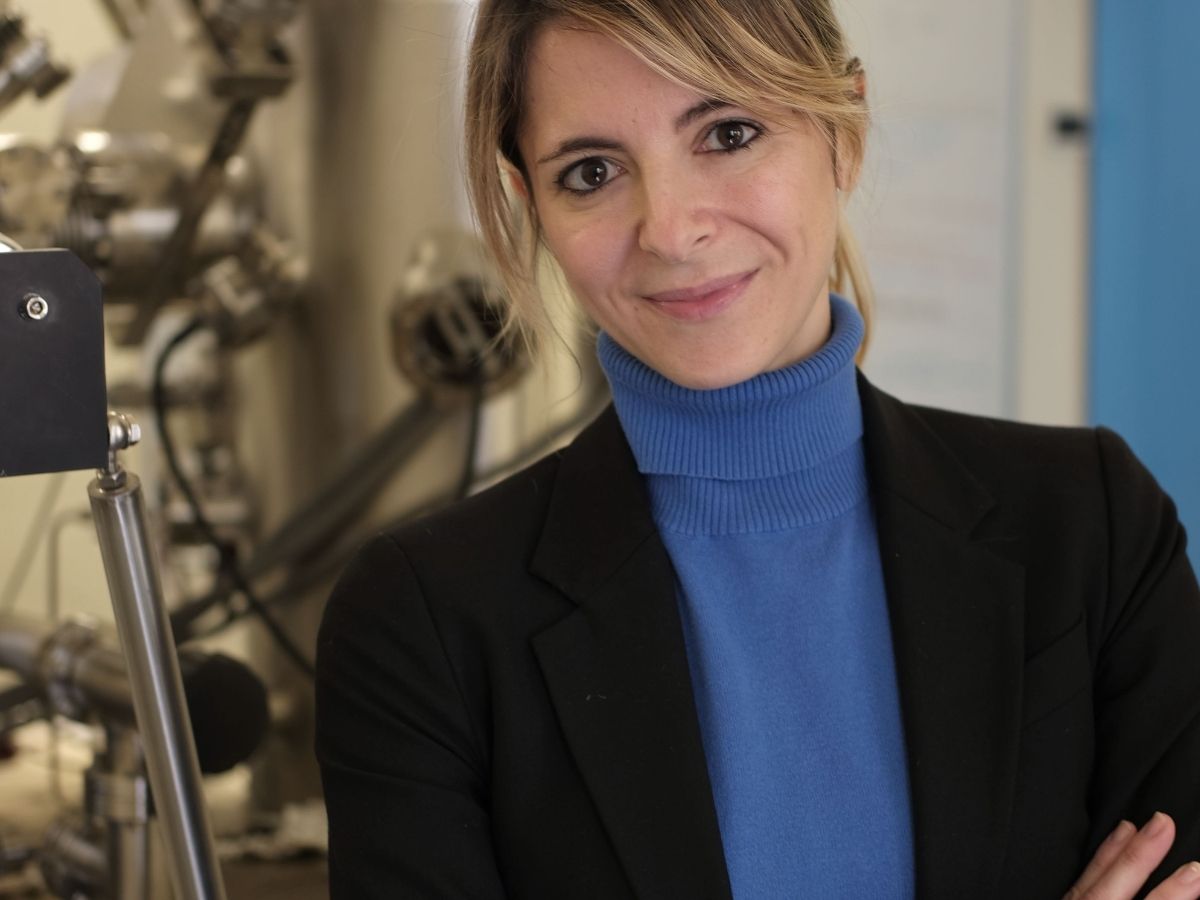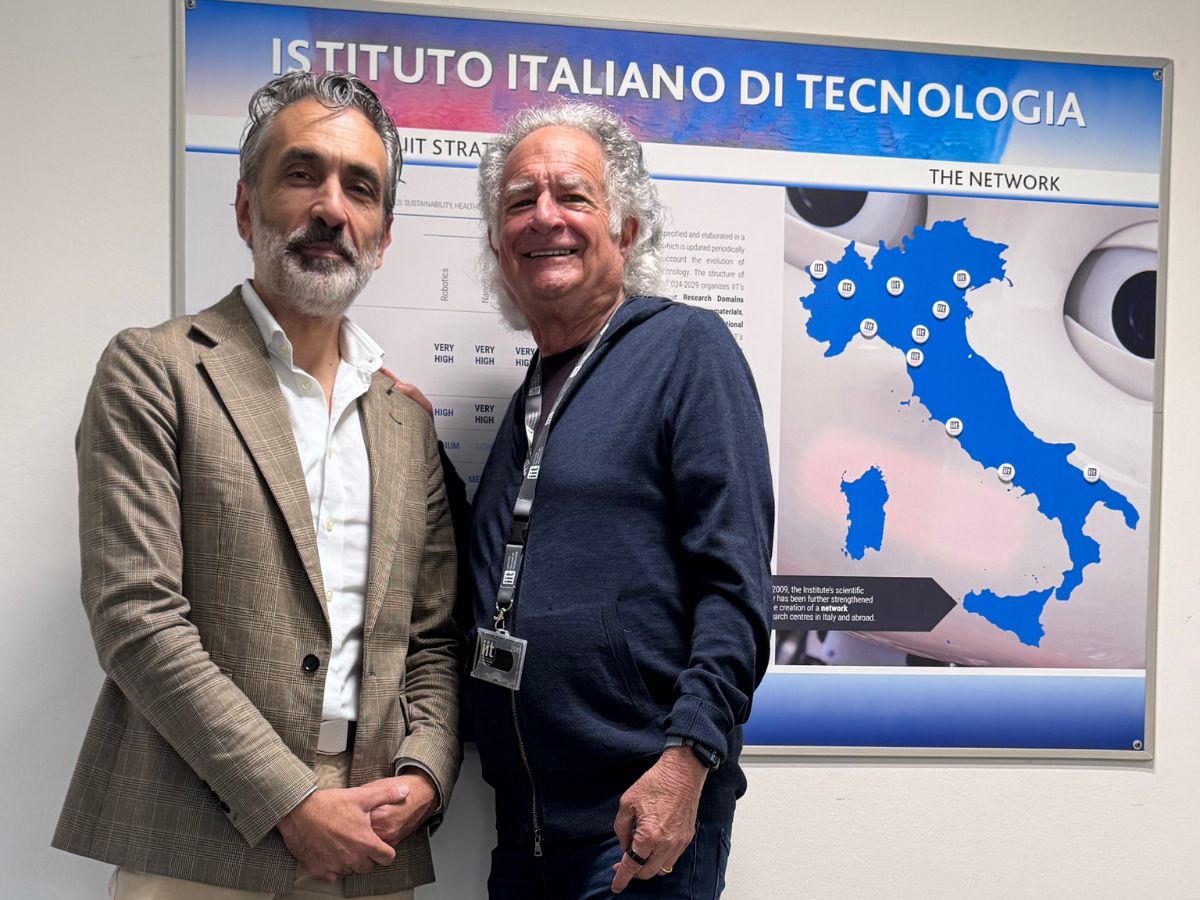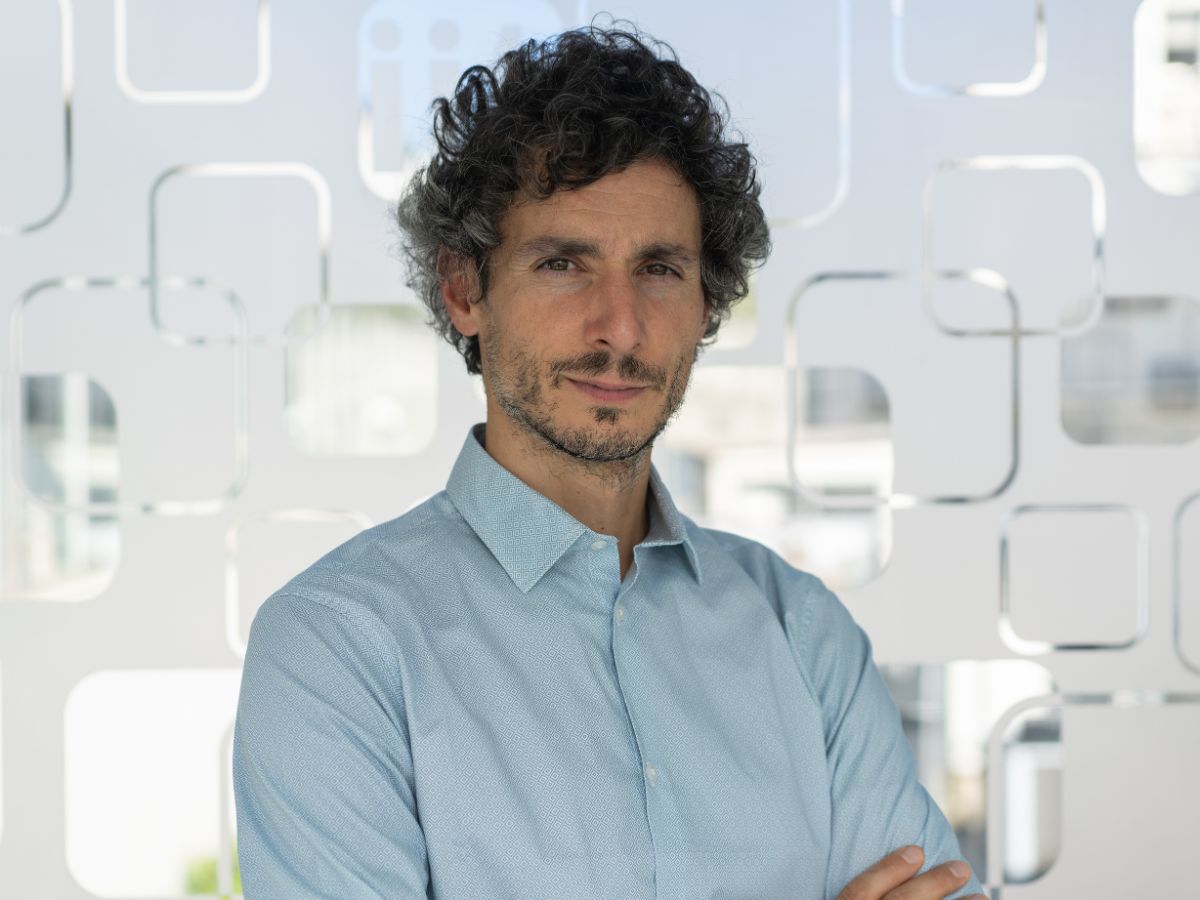Interview with Camilla Coletti, coordinator of IIT’s 2D Materials Engineering Lab and the IIT Graphene Labs.
TIME has, for the first time in the magazine’s editorial history, named the 2020 “Time’s Kid of the Year”: Gitanjali Rao, a 15-year-old girl from Colorado who for several years has emerged as an innovator and scientist, with a passion for technology. From 2017 she has become famous for some major discoveries, such as an instrument to detect lead in contaminated drinking water, a tool to tackle opioid addictions, and yet another to monitor cyberbullying online.
This is the latest of many accolades that she has received. For example, in 2019 she was included in the Forbes 30 Under 30 list. Time magazine chose her from 5,000 USA applicants aged between 8 and 16.
Camilla, do you think that Time’s choice of this new personality could be an important sign that science and research are considered as fundamental tools of knowledge for young people, who should be educated from an early age? The fact that the first Time’s Kid of the Year is a 15-year-old girl who has been working for many years as an inventor and communicator in the STEM field is without doubt a positive sign from this publication, underlining the importance of science above all in this period, so difficult for our society. Young people are our future, and it is very important to teach them to be curious and ‘passionate about knowledge’, not stopping at the surface but wishing to perform ‘research’ and find out more. Though I have to say that personally I am not particularly keen on the idea of an under-18 award, I fully understand how important it is for teenagers to identify with, or be inspired by, positive role models, and Time’s objective of enabling young people’s voice to be heard ‘loud and clear’. The fact that more and more young people are embarking on the study of STEM subjects is one of the foundations that will help us to build a better society and a better future.
Perhaps in such difficult times for scientific communications caused by the health emergency, this award could indicate the path to be followed in order to solve this issue in the future? I think that today’s problems in communicating science should not be seen in a principally negative manner. Let me explain: the pivotal importance of scientific research has suddenly (and about time too!) been accepted: it is a major topic, and it is intensively discussed. And when there is a lot of attention to a given subject, some information may be conveyed with insufficient clarity. But in 2020, the role of science has been recognised as of fundamental importance. Suffice it to say that the 2020 State of Science Index shows that the image of science is growing globally: 89% of respondents trust in science, and scepticism is declining, for the first time in three years. To complete the picture, 92% of respondents, at a global level, consider that the measures implemented to control the global pandemic should be based on science, revealing a further expression of trust. Getting back to the subject in hand, the 2020 Time’s Kid of the Year Award recognises the importance of a training in STEM subjects in the contemporary world. But the prize itself (which this year was awarded to an inventor working in the scientific field, but which next year could be given to young people operating successfully in other areas) will not be the solution to overcoming the difficulties in communication that science has encountered on certain occasions. I consider it rather as a ‘child of 2020’ award, referring to a year in which it suddenly became clear that research can save humanity.
What are Europe and Italy doing to recognise the importance of science and counter some of the clichés typical of research and the academic world (gender, for example)? The European Union recognises that research is a cornerstone for economic and social progress. For this reason, in recent years the EU has gradually increased funding for research and scientific innovation. We just have to consider that funding for research and innovation increased by 23% in Horizon 2020 (2014-2020) when compared with the previous seven years (and there was a similar trend for Horizon Europe). When talking about the gender gap, credit is due to the efforts that Europe has been making on this theme in recent years, and the topic has been recognised as a ‘cross-cutting issue’. It is recent news that the European Commission will give public institutions wishing to qualify for the Horizon Europe funding programme one year to define and agree on action plans for gender equality. Unfortunately, to date, Italy is still one of the lowest-ranking European countries in terms of the percentage of female scientists and engineers. According to Eurostat, in Italy in 2018, they made up 34% (the European average is 41%, with a remarkable result for Lithuania, 57%). One of the problems is without doubt attracting female students to STEM areas, but it is not sufficient to just incentivise the enrolment of women at scientific faculties. We are aware that unequal career opportunities and the unsupportive socio-economic framework induce many women to interrupt their academic path. There are still too few women at the top of the academic ladder in Italy (the percentage of women drops dramatically as seniority increases). There is still a long way to go, and that is why I hope that Europe and the Italian government will take more and more action in order to bridge the gender gap.
I am aware that you have joined a new project developed by The Graphene Flagship, named Diversity in Graphene. Could you tell us what this is about? Diversity in Graphene is a development of the previous Women in Graphene enterprise (launched within the Graphene flagship project) that expands its content and objectives. It is a platform for discussing and identifying solutions to issues related to any inequalities that may appear in the world of science, such as, for example, gender, ethnicity or religion. The ultimate goal is to promote gender equality and the inclusion of minorities within the Graphene project. I am very proud of this role, and I hope that I can make my own small contribution to the process of growth towards an increasingly inclusive scientific society.
In your role as a mother, what importance do you attribute to education in terms of science and research, considering that your children have two scientists as parents? My husband and I try to teach our children, Elettra and Ludovico, aged 8 and 5, to be inquisitive and enthusiastic. Of course, both of them immediately began to absorb a laboratory atmosphere from the start (my daughter’s first outing, just a few days after her birth, was to the institute where I work). At a very young age, they have already exfoliated graphene starting from a pencil, and made golden nanoparticles from pineapple juice, but the most important thing is that they had fun while they were doing it! I think that it is important that all children and young people be given the chance to fall in love with science. That’s why in recent years, my husband Valerio and I have been working in schools as part of a project (led by Valerio) that was initially funded by the MRS Foundation (Grassroots) and then by local associations to introduce the work of scientists and the new frontiers of science to secondary school students and teachers. It is important that all children have the opportunity of coming into contact with the world of research, getting to know it and falling in love with it.





